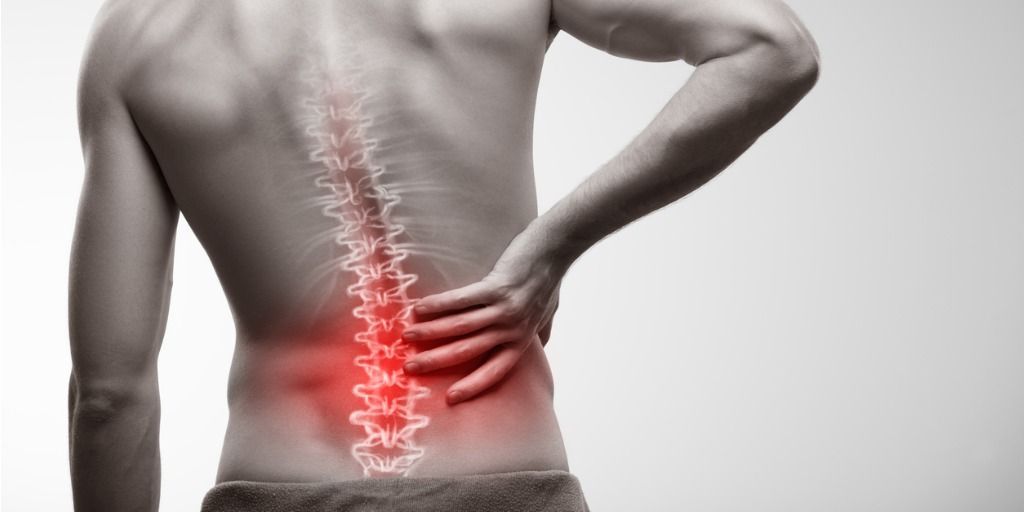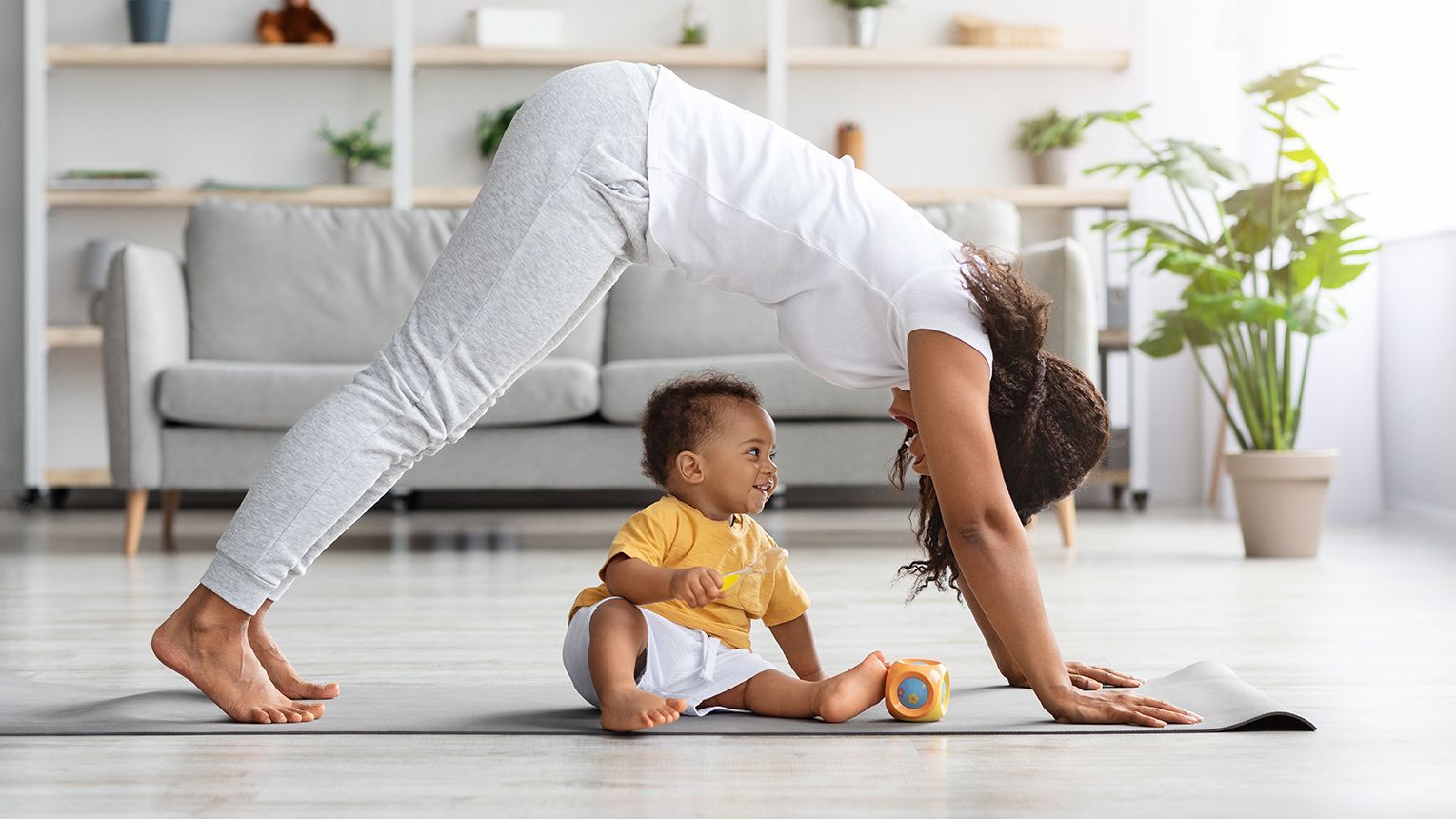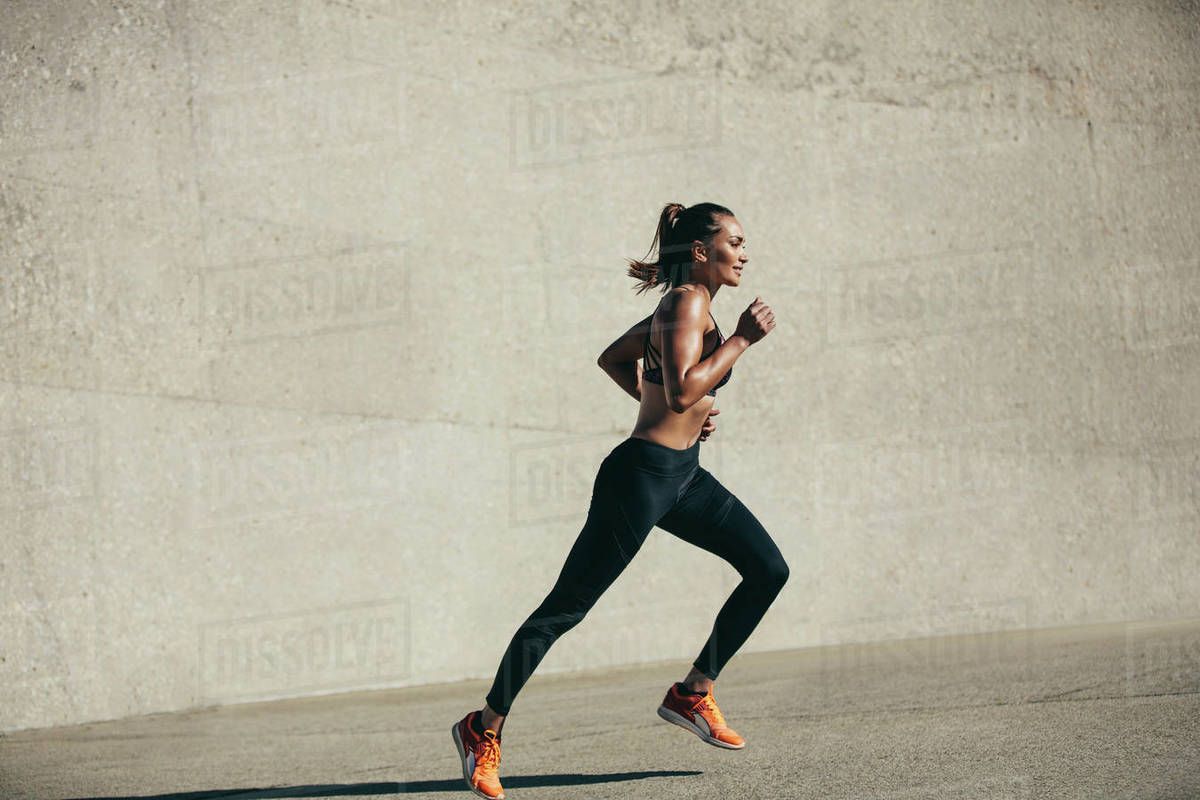Exercise for Mental Health: A Vital Component for Busy Individuals
Exercise for Mental Health: A Vital Component for Busy Individuals
In the hustle and bustle of modern life, juggling work, family, and social obligations can leave little room for self-care. However, prioritizing regular physical activity is crucial for maintaining not just physical health but also mental well-being. While the demands of a busy schedule might make it challenging to incorporate exercise into daily routines, the profound benefits it offers for mental health make it a non-negotiable element of a balanced and fulfilling life.
The Connection Between Exercise and Mental Health
Exercise has long been celebrated for its physical health benefits, including weight management, cardiovascular health, and increased strength and endurance. However, its impact on mental health is equally significant and often overlooked. Research has shown that physical activity can alleviate symptoms of anxiety and depression, improve mood, enhance cognitive function, and reduce stress levels. Some of the benefits of exercise on mental health include:
- Mood Enhancement: Engaging in physical activity stimulates the release of endorphins, often referred to as the "feel-good" hormones. These chemicals act as natural mood lifters, helping to combat feelings of sadness and anxiety.
- Stress Reduction: Exercise provides a healthy outlet for stress relief. Physical activity increases the production of norepinephrine, a chemical that moderates the brain's response to stress. Additionally, the repetitive nature of many forms of exercise can have a calming effect, akin to meditation, helping individuals feel more relaxed and centred.
- Improved Sleep: Regular exercise has been shown to improve sleep quality, which is closely linked to mental health. A good night's sleep is essential for cognitive function, emotional regulation, and overall well-being.
- Cognitive Benefits: Exercise has been found to boost brain function and protect against cognitive decline. Physical activity increases blood flow to the brain, promoting the growth of new neurons and enhancing synaptic plasticity. This can lead to improved memory, concentration, and overall cognitive performance, which are particularly beneficial for busy individuals juggling multiple responsibilities.
- Social Interaction: Many forms of exercise, such as team sports or group fitness classes, provide opportunities for social interaction and connection. Building relationships and engaging with others in a positive, supportive environment can have a significant impact on mental health, reducing feelings of isolation and loneliness.
Exercise is an Antidote to Burnout
When work and personal life pile up, burnout becomes a real concern. The feeling of being constantly “on” with no time to recharge can negatively impact both your mental and physical health. Exercise provides a much-needed escape. It helps you disconnect from work pressures and reconnect with yourself.
Taking the time to move your body is a form of self-care that signals to your brain that you are prioritizing your well-being. As you engage in physical activity, your body releases tension, clears your mind, and gives you space to breathe—important factors in preventing burnout.
Overcoming Barriers to Exercise for Busy Individuals
For those with hectic schedules, finding time for exercise can be challenging. However, integrating physical activity into daily routines is possible with some strategic planning and creativity. Here are some tips to help busy individuals make exercise a priority:
- Schedule It In: Treat exercise as a non-negotiable appointment, just like any other important meeting or commitment. Block off time in your calendar for physical activity and stick to it. Consistency is key to reaping the mental health benefits of exercise.
- Incorporate Short Bursts: If long workout sessions are not feasible, aim for shorter bursts of activity throughout the day. Even ten minutes of exercise, such as a quick walk, stretching, or a mini workout, can contribute to overall mental well-being.
- Combine Activities: Look for opportunities to combine exercise with other tasks. For example, take a walking meeting, use a standing desk, or do bodyweight exercises while watching TV. These small changes can add up and help you stay active.
- Find Activities You Enjoy: Choose forms of exercise that you genuinely enjoy, as this will make it easier to stick with them. Whether it's dancing, hiking, swimming, or playing a sport, finding an activity that brings joy will increase the likelihood of making it a regular part of your routine.
- Set Realistic Goals: Set achievable fitness goals that align with your schedule and lifestyle. Start with manageable targets and gradually increase the intensity and duration of your workouts as you build confidence and stamina.
- Make It a Social Event: Involve friends, family, or colleagues in your fitness journey. Exercising with others can provide motivation, accountability, and an opportunity to bond over a shared activity.
Conclusion
Incorporating exercise into the lives of busy individuals is essential for maintaining mental health and overall well-being. The positive impact of physical activity on mood, stress reduction, sleep quality, cognitive function, social interaction, and burnout prevention makes it a valuable tool for anyone seeking to navigate the demands of a hectic lifestyle. By prioritizing exercise and finding creative ways to integrate it into daily routines, busy individuals can enjoy the mental health benefits that come with an active lifestyle. Remember, a healthier mind is a step towards a happier, more balanced life.
Blake Cocking
Workers Compensation Specialist ‑ WA Team Lead (AEP, ESSAM)
Exercise Rehabilitation Services ‑ WA




